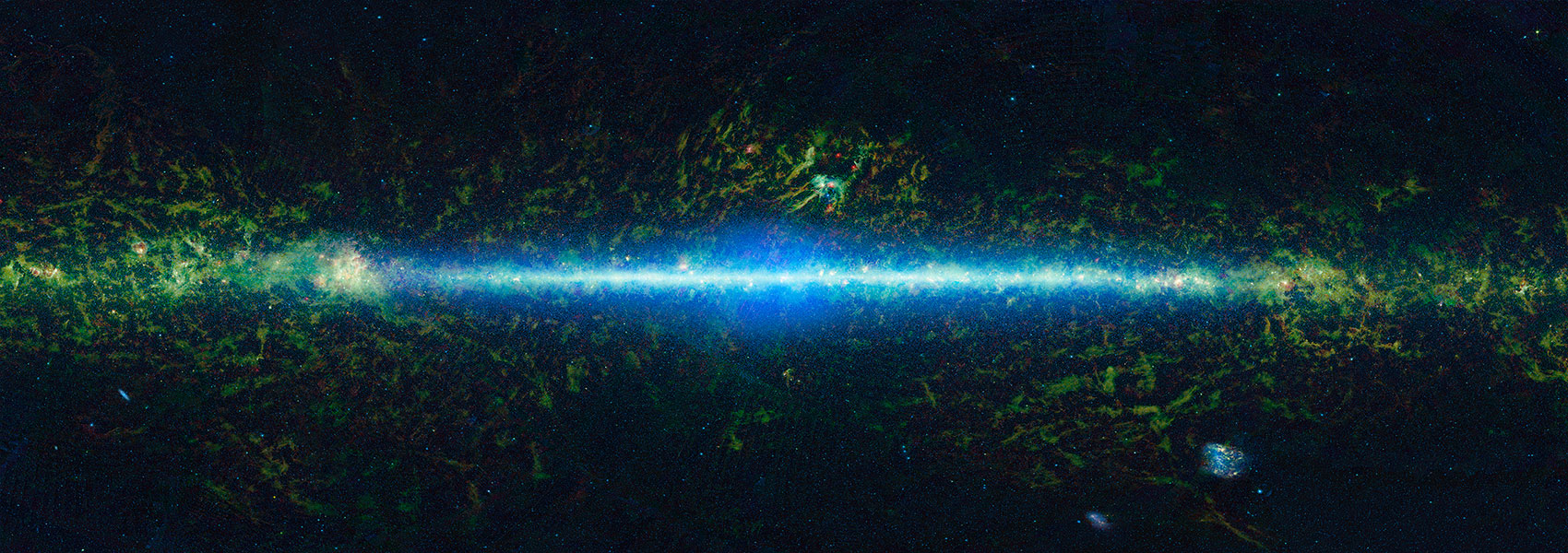February
2020
•
2020JKAS...53....9G
Authors
•
Gould, Andrew
•
Ryu, Yoon-Hyun
•
Calchi Novati, Sebastiano
•
Zang, Weicheng
•
Albrow, Michael D.
•
Chung, Sun-Ju
•
Han, Cheongho
•
Hwang, Kyu-Ha
•
Jung, Youn Kil
•
Shin, In-Gu
•
Shvartzvald, Yossi
•
Yee, Jennifer C.
•
Cha, Sang-Mok
•
Kim, Dong-Jin
•
Kim, Hyoun-Woo
•
Kim, Seung-Lee
•
Lee, Chung-Uk
•
Lee, Dong-Joo
•
Lee, Yongseok
•
Park, Byeong-Gon
•
Pogge, Richard W.
•
Beichman, Charles
•
Bryden, Geoff
•
Carey, Sean
•
Gaudi, B. Scott
•
Henderson, Calen B.
•
Zhu, Wei
•
Fouque, Pascal
•
Penny, Matthew T.
•
Petric, Andreea
•
Burdullis, Todd
•
Mao, Shude
Abstract
•
At q = (1.81+/-0.20)*10^-5, KMT-2018-BLG-0029Lb has the lowest planet-host mass ratio q of any microlensing planet to date by more than a factor of two. Hence, it is the first planet that probes below the apparent "pile-up" at q = 5-10*10^-5. The event was observed by Spitzer, yielding a microlens-parallax pi_E measurement. Combined with a measurement of the Einstein radius theta_E from finite-source effects during the caustic crossings, these measurements imply masses of the host M_host = 1.14 (+0.10, -0.12) M_sun and planet M_planet = 7.59 (+0.75, -0.69) M_Earth, system distance D_L = 3.38 (+0.22, -0.26) kpc and projected separation a_perp = 4.27 (+0.21, -0.23) au. The blended light, which is substantially brighter than the microlensed source, is plausibly due to the lens and could be observed at high resolution immediately.
Links




